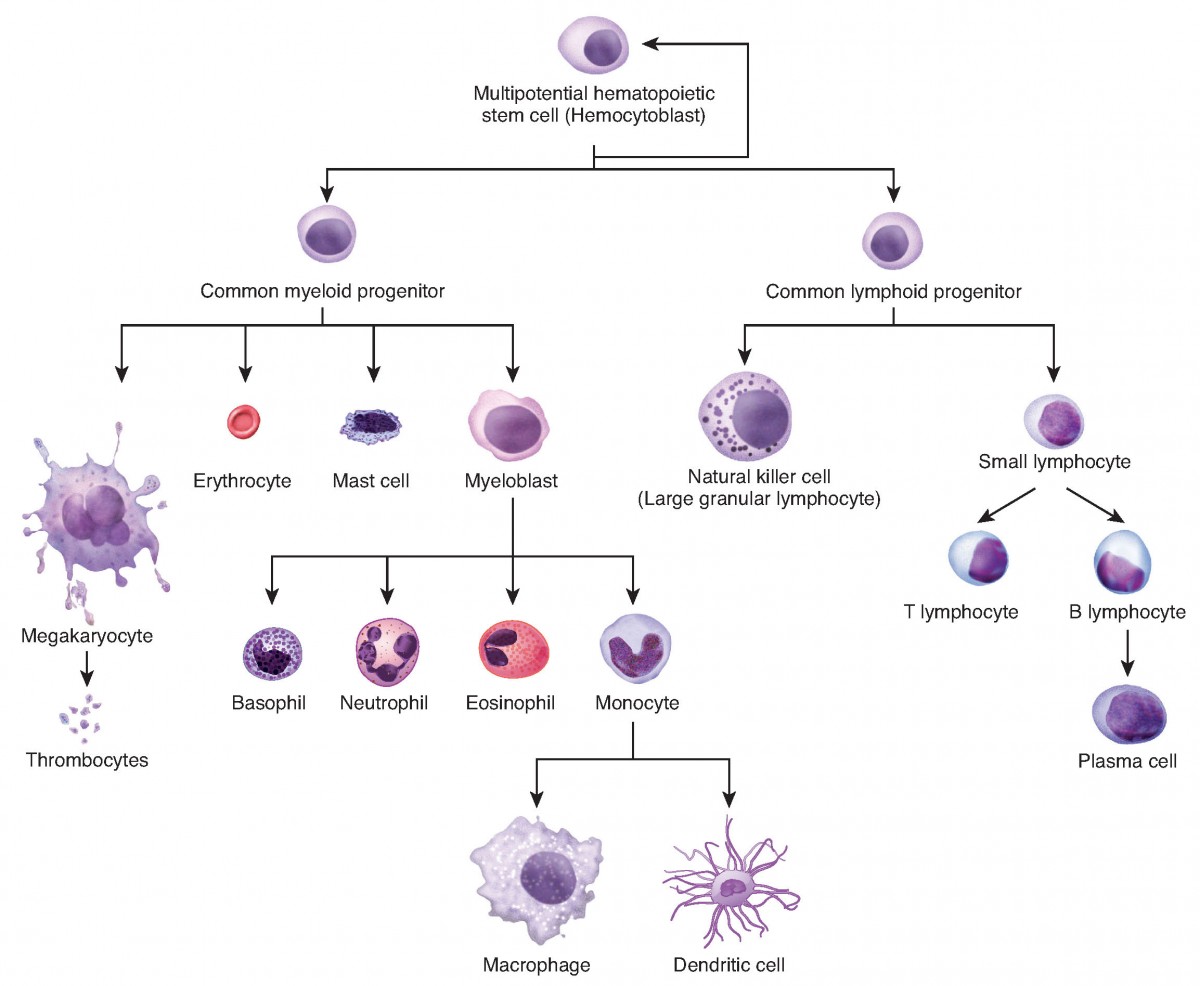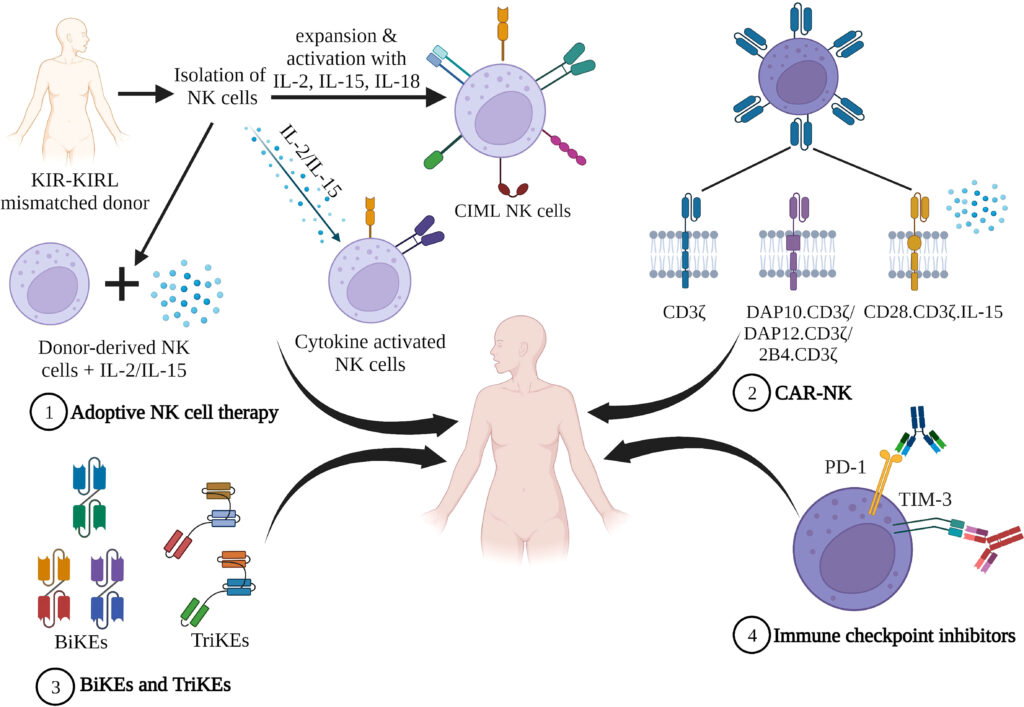Acute Myeloid Leukemia, commonly referred to as AML, is a type of cancer that affects the blood and bone marrow. It is characterized by the rapid growth of abnormal white blood cells, which interfere with the production of normal blood cells. This condition requires prompt medical attention due to its aggressive nature. In this article, we will explore the overview, causes, symptoms, and treatment options for Acute Myeloid Leukemia.

Overview of Acute Myeloid Leukemia
Acute Myeloid Leukemia is a form of cancer that originates in the bone marrow, the spongy tissue inside bones where blood cells are produced. The disease disrupts the normal process of blood cell formation, leading to an overproduction of immature white blood cells called myeloblasts. These abnormal cells crowd out healthy blood cells, including red blood cells, platelets, and mature white blood cells, causing a range of health complications.
Unlike chronic forms of leukemia, which progress slowly, Acute Myeloid Leukemia develops rapidly and can become life-threatening within weeks or months if left untreated. It primarily affects adults, although it can occur in children as well. Understanding the disease’s progression and impact on the body is crucial for early diagnosis and effective management.
How Acute Myeloid Leukemia Affects the Body
- Bone Marrow Dysfunction: The bone marrow becomes overcrowded with abnormal cells, impairing its ability to produce healthy blood cells.
- Anemia: A shortage of red blood cells leads to fatigue, weakness, and shortness of breath.
- Infections: A lack of functional white blood cells weakens the immune system, making individuals more susceptible to infections.
- Bleeding Problems: Low platelet counts result in easy bruising, prolonged bleeding, and an increased risk of hemorrhage.
Causes of Acute Myeloid Leukemia
The exact cause of Acute Myeloid Leukemia is not fully understood, but researchers have identified several factors that may contribute to its development. These factors often involve genetic mutations and environmental influences that disrupt normal blood cell production.
Genetic Mutations
Acute Myeloid Leukemia is closely linked to genetic changes in the DNA of developing blood cells. These mutations can occur spontaneously or be inherited. Some common genetic abnormalities associated with the disease include:
- Chromosomal Translocations: Pieces of chromosomes break off and attach to other chromosomes, disrupting normal gene function.
- Growth Factor Receptor Mutations: Changes in genes that regulate cell growth can lead to uncontrolled cell proliferation.
- Tumor Suppressor Gene Mutations: Alterations in genes responsible for controlling cell division can allow abnormal cells to survive and multiply.
Environmental and Lifestyle Factors
Certain external factors can increase the risk of developing Acute Myeloid Leukemia. These include:
- Exposure to Radiation: High levels of radiation, such as those experienced during nuclear accidents or radiation therapy, can damage DNA and increase the likelihood of developing the disease.
- Chemical Exposure: Prolonged exposure to chemicals like benzene, found in industrial settings and cigarette smoke, has been linked to an elevated risk.
- Previous Cancer Treatments: Chemotherapy and radiation therapy for other cancers can sometimes lead to secondary cases of Acute Myeloid Leukemia years later.
- Smoking: Tobacco use is a significant risk factor, as it introduces harmful substances into the bloodstream.
Symptoms of Acute Myeloid Leukemia
The symptoms of Acute Myeloid Leukemia often develop quickly and can vary depending on the extent of bone marrow involvement and the specific types of blood cells affected. Early recognition of these symptoms is essential for timely diagnosis and treatment.
Common Signs and Symptoms
- Fatigue and Weakness: Due to a shortage of red blood cells, individuals may feel unusually tired and weak.
- Frequent Infections: A weakened immune system caused by low white blood cell counts can result in recurring infections.
- Bruising and Bleeding: Low platelet counts can lead to easy bruising, nosebleeds, and bleeding gums.
- Bone Pain: Overcrowding of the bone marrow can cause pain or tenderness in the bones, particularly in the ribs and sternum.
- Pale Skin: Anemia often manifests as paleness, especially noticeable in the face and nail beds.
- Shortness of Breath: Reduced oxygen-carrying capacity of the blood can lead to difficulty breathing, even with mild exertion.
- Fever and Night Sweats: Unexplained fevers and excessive sweating at night are common symptoms.
Less Common Symptoms
In some cases, Acute Myeloid Leukemia can cause additional symptoms related to the spread of abnormal cells to other parts of the body:
- Swollen Gums: Abnormal white blood cells can accumulate in the gums, causing swelling and discomfort.
- Rashes or Skin Lesions: Leukemia cells may infiltrate the skin, leading to rashes or small lumps.
- Enlarged Liver or Spleen: The accumulation of abnormal cells in these organs can cause abdominal swelling or discomfort.
Treatment Options for Acute Myeloid Leukemia
The treatment of Acute Myeloid Leukemia depends on various factors, including the patient’s age, overall health, and the specific characteristics of the disease. The primary goal of treatment is to achieve remission, where the signs and symptoms of the disease disappear, and normal blood cell production is restored.
Chemotherapy
Chemotherapy is the mainstay of treatment for Acute Myeloid Leukemia. It involves the use of powerful drugs to kill rapidly dividing cancer cells. The treatment typically consists of two phases:
- Induction Therapy: High doses of chemotherapy are administered to eliminate as many leukemia cells as possible and achieve remission.
- Consolidation Therapy: Additional rounds of chemotherapy are given to destroy any remaining leukemia cells and prevent relapse.
Targeted Therapy
Targeted therapy focuses on specific molecular abnormalities present in leukemia cells. This approach is often used in combination with chemotherapy and includes drugs that inhibit the activity of mutated proteins or enzymes driving the growth of cancer cells.
Stem Cell Transplantation
Also known as a bone marrow transplant, this procedure replaces damaged bone marrow with healthy stem cells from a donor. Stem cell transplantation is typically recommended for younger patients or those with high-risk disease features.
Radiation Therapy
Radiation therapy uses high-energy beams to target and destroy cancer cells. While it is not a primary treatment for Acute Myeloid Leukemia, it may be used in specific situations, such as preparing for a stem cell transplant or treating leukemia that has spread to the brain or spinal cord.
Supportive Care
In addition to curative treatments, supportive care plays a vital role in managing the symptoms and complications of Acute Myeloid Leukemia. This includes:
- Blood Transfusions: To address anemia and low platelet counts, patients may receive transfusions of red blood cells and platelets.
- Antibiotics and Antifungal Medications: These are used to prevent or treat infections caused by a weakened immune system.
- Pain Management: Medications and other interventions are employed to alleviate bone pain and other discomforts.
Emerging Treatments
Research into new therapies for Acute Myeloid Leukemia is ongoing, with promising advancements in immunotherapy and personalized medicine. Immunotherapy harnesses the body’s immune system to target and destroy cancer cells, while personalized medicine tailors treatment based on the unique genetic profile of the patient’s leukemia.
Living with Acute Myeloid Leukemia
A diagnosis of Acute Myeloid Leukemia can be overwhelming, but understanding the disease and available treatment options can empower patients and their families. Regular follow-up care, adherence to treatment plans, and open communication with healthcare providers are essential for managing the condition effectively.





